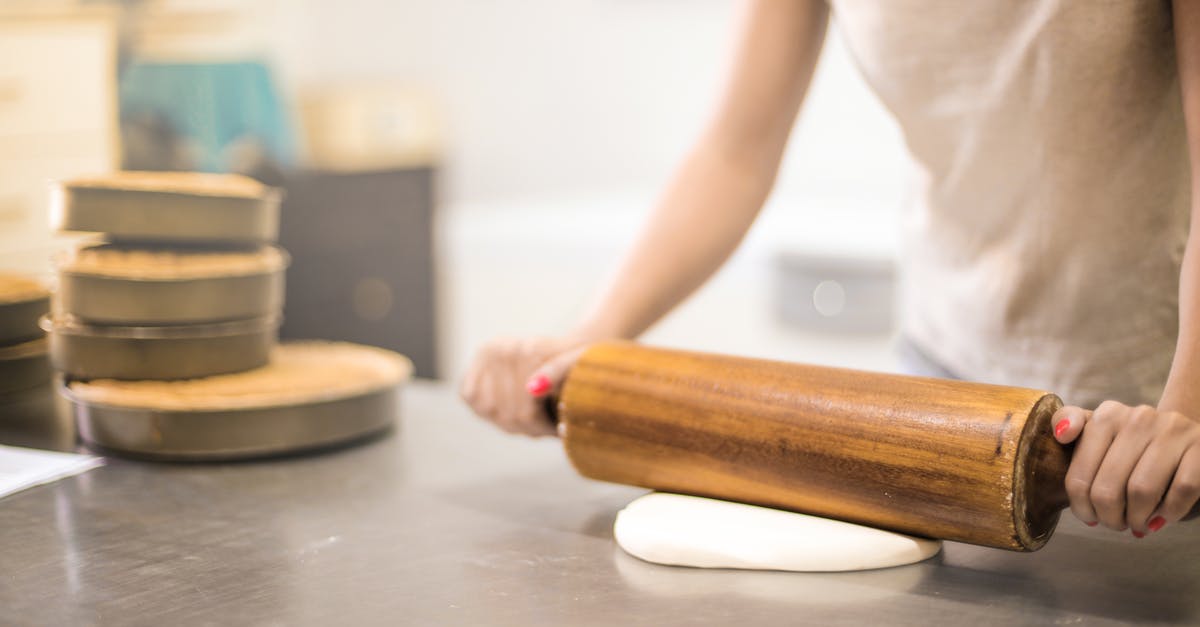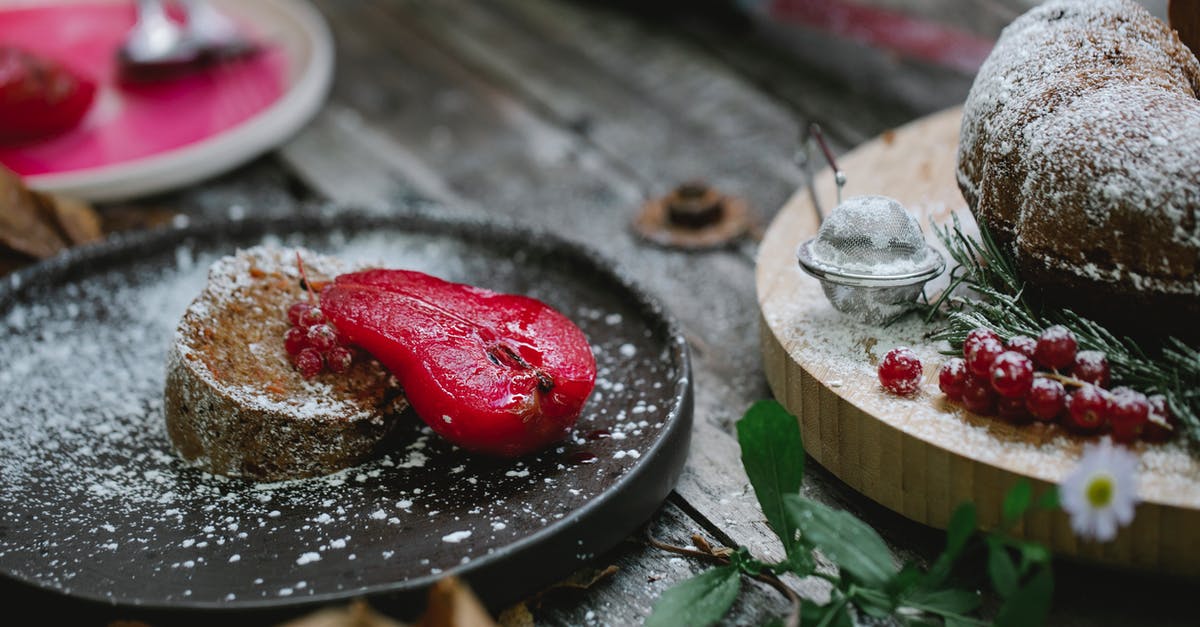Gluten formation in cake dough

I have no experience in cooking. So I apologize in advance if this is a simple question.
The first cake of my life that I made yesterday swelled very well in the oven. It had a soft texture when eating. The only problem was the interior was a bit dense.
I've been researching what might cause this. Many people suggest that gluten formation in cake dough is not good and to prevent this, the mixture should be mixed slowly and gently after adding flour.
It is said that gluten is important to keep air bubbles in the dough. Because carbon dioxide gases are expanding during cooking and gluten needs to be strong to avoid air bubbles coming out.
There's a few things I'm curious about. Very strong gluten causes an elastic structure and this will have an undesirable texture especially during chewing in foods such as cakes.
But if we want a fluffy cake, don't we need strong gluten? If I don't have a strong gluten, won't these air bubbles go out and create a denser structure during cooking? Isn't that a contradiction?
What happens during cooking? Is there something I know wrong? Doesn't the expansion of carbon dioxide gas when heated and the presence of strong gluten to hold it make up the fluffy structure in the dough?
Here is my Carrot Cake Recipe;
2 cups (250 grams) all-purpose flour (spooned & leveled)
2 teaspoons baking powder
1 teaspoon baking soda
1 and 1/2 teaspoons ground cinnamon
1/2 teaspoon salt
210 ml vegetable oil
4 eggs room temperature
2 cups granulated sugar
3 cups grated carrots
Note: Firstly I whisked together the oil, eggs and sugar until fully combined.
Thanks for your help.
Best Answer
Gluten development is not something you need for a cake to rise, excess gluten development in a cake leads to a tough cake, dense cakes are usually caused by a different reason. With a carrot cake my first thoughts would be:
- Too much moisture: carrot and other vegetable cakes can get very wet due to the moisture in the vegetables added, an overly wet batter (not enough flour and sugar to balance it out) can lead to a dense cake. You can dry the carrot a bit before using it to reduce this, or add a tad more flour
- Underbaked: one common mistake new bakers make is baking to a recipe time rather than a result, if you bake a cake for 45 minutes that doesn't necessarily mean it is done, that time is a guideline. When you bake a cake the batter dries and crystallizes, trapping the air, if you underbake it this lattice isn't completely formed and it loses the air - you see this massive oven spring and then the whole thing collapses. The skewer test method isn't very reliable, next time keep baking until the cake springs back then you press it with a finger on top. I personally use that method and back it up with temperature measurements made with an instant read thermometer. A heavier cake like a carrot cake is done when it reads over 200°F (94°C), lighter cakes would want a higher temperature, closer to 210°F (99°C)
Pictures about "Gluten formation in cake dough"



Quick Answer about "Gluten formation in cake dough"
Gluten is formed from flour when water is added. That bag of all-purpose flour sitting on your counter contains two proteins necessary to form gluten: glutenin and gliadin. When water (or a liquid including water, like milk) is added to these two proteins, they link together, forming gluten.How does gluten develop in cake?
In baking specifically, all the recipes which call for All purpose flour or Maida have gluten in them. Gluten development starts when the flour comes in contact with water or any liquid content. When properly hydrated, gluten proteins bind and form a protein chain which is what gives structure to any baked goods.How gluten is formed in the dough?
Wheat and other related grains (including barley, and rye) contain a mixture of two proteins glutenin and gliadin. When flour made from grinding these grains is mixed with water the two proteins combine and form gluten. Without water, gluten is not formed. The more the dough is mixed, the more gluten is developed.How do you prevent gluten formation in a cake?
Gluten doesn't even exist until flour becomes wet. Water is what coaxes the two wheat proteins glutenin and gliadin to combine and form gluten. So by adding or withholding water from dough or batter, you can encourage or deter gluten's development. When you want to maximize gluten, a moderate amount of water is ideal.How do you maximize gluten formation?
Amount of Water The more water that's added, the more hydrated the flour will be, and the faster the flour's proteins\u2014glutenin and gliadin\u2014can be untangled and straightened out in preparation for gluten formation.Science: What is Gluten? Here's How to See and Feel Gluten
More answers regarding gluten formation in cake dough
Answer 2
Gluten development, leavening, moisture, bake time, and temperature are all very important. But one thing that stands out to me about your recipe is that it has a bit more carrot relative to the sugar and flour. Additions like carrot (or applesauce or banana) don't have any gluten, so they don't contribute to that air-capturing structure. Instead that puree just weighs down your cake. As a result a lot of quickbreads and cakes that contain pureed fruit/vegetables are prone to having a denser texture in my experience. Cakes that have less purée relative to the other ingredients tend to be lighter and fluffier, with larger air bubbles.
The other thought I have is related to the leavening and eggs. The amount of egg seems fine, but the leavening is on the low side (also fine, just low). And if all you do is whisk together the wet ingredients and then the dry, you aren't incorporating a whole lot of air into the eggs.
Eggs can be a tricky business with cakes and leavening. The simple truth is I think your cake recipe was intended to produce something a little dense and moist, and with the high protein from the egg and high amount of carrot is quite filling. But if you want to introduce more airiness, I would recommend trying 1 of 2 things.
Option 1: increase the chemical leavening. I would probably add 1 teaspoon of baking powder since you don't have much acid to activate more baking soda. Alternatively you could add a teaspoon or two of orange juice or another acid and then add some more baking soda to get some more airiness.
Option 2: would be the whip your eggs to foaminess and introduce air mechanically. This might be above your comfort level, but if you have an electric hand mixer (or some arm endurance) whip the eggs until they are homogenous and light in color and then add the sugar, whip until you think it's as dissolved as it will get, and then mix in the oil and dry ingredients as you have before.
One thing to remember though is when you do have a lighter fluffier cake it will feel drier usually, even if it really isn't. I'm only mentioning this because there are always trade-offs when you bake.
Answer 3
You do need some gluten structure formation for the cake to rise and for the dough to trap air as it bakes. You should realize that different flours have different levels of the proteins that work to create these structures. All purpose flour is generally a mixture that provides a protein content for most applications. Think of it as your "average" flour (in terms of applications). I think you would see a difference in the final texture if, for example, you make one cake with bread flour (very high protein content) and one with cake flour (very low protein content). See, cake flour is formulated so that it has a very low protein content. This aids in the formation of a more tender crumb. So, in addition to the suggestions in the answer that @GdD provided, I would suggest choosing the correct flour for your application. In this case, switching to a cake flour when you want a more tender outcome.
Answer 4
The protein content of the flour, as @moscafj describes, and the way it is handled are partly responsible for the strength of the gluten network in cakes, breads, etc. But there are other factors that affect gluten development, some of which are very important in the recipe you've provided.
In wheat flour, the proteins (two principle types, glutenins and gliadins) are initially coiled up, with minimal interaction. When the flour absorbs water, the protein chains hydrate and are able expand and move. The glutenins unwrap and, especially when stretched by kneading, coalign. Intermolecular forces between the chains are enhanced by the greater surface area of interaction. This provides elasticity - picture pizza dough springing back from being stretched. The gliadins are more globular proteins. Their lesser surface area means weaker interactions. They collect in the spaces between the glutenin network and provide plasticity - picture pizza dough relaxing when it rests for a few minutes. I've seen the gliadins described as ‘ball bearings' between the glutenin chains.
As has been mentioned, stretching or stirring develops a chewy gluten network. But of course, water is an essential ingredient in this. Bread recipes, where gluten is desired, use proportionately more water, as well as kneading. If there's enough water, very little kneading is needed, as in ‘no-knead’ bread. Just a little stirring and the action of the rise is enough to develop a strong gluten network in the wet dough. When gluten is not desired, for example a pie crust, water is used very sparingly. The result is a flaky crust.
This quickbread recipe falls somewhere in between - the only water in the recipe is from the eggs, and the carrots as @GdG pointed out. Less water helps reduce gluten development. In a recipe like this, you might want enough gluten so you could spread butter on a slice. But you wouldn't be able to spread peanut butter, like you could on regular bread.
There are other things affecting your gluten development here. Fats and oils (or shortening) between the glutenin sheets and replace their strong intermolecular forces (hydrogen bonding, etc.) with weaker ones (London forces, primarily). The generous oil in this recipe has that role, as well as providing mouthfeel. The result is referred to as a ‘short’ dough, or crust or crumb.
Since sugars can participate in the strongest type of intermolecular forces (hydrogen bonding), they can also get in between the glutenin chains. By sticking to the protein chains, they weaken the interactions between them. That's why sweet breads (like panettone, for example) are less chewy and more flaky. This recipe also has plenty of sugar, so that phenomenon is at work as well.
There are other factors that affect gluten development (positively or negatively) that are not as significant here.
Since this recipe is designed to limit gluten, you don't need to worry too much about it. Stir the batter with a spoon and stop when the dry flour is gone, and you should be fine. Egg proteins contribute to the matrix here, so you don't need the gluten.
Sources: Stack Exchange - This article follows the attribution requirements of Stack Exchange and is licensed under CC BY-SA 3.0.
Images: JÉSHOOTS, Andrea Piacquadio, Matheus Bertelli, Tim Douglas
